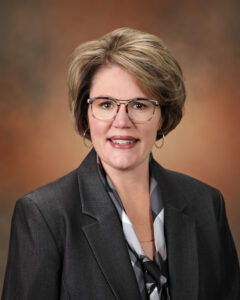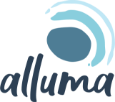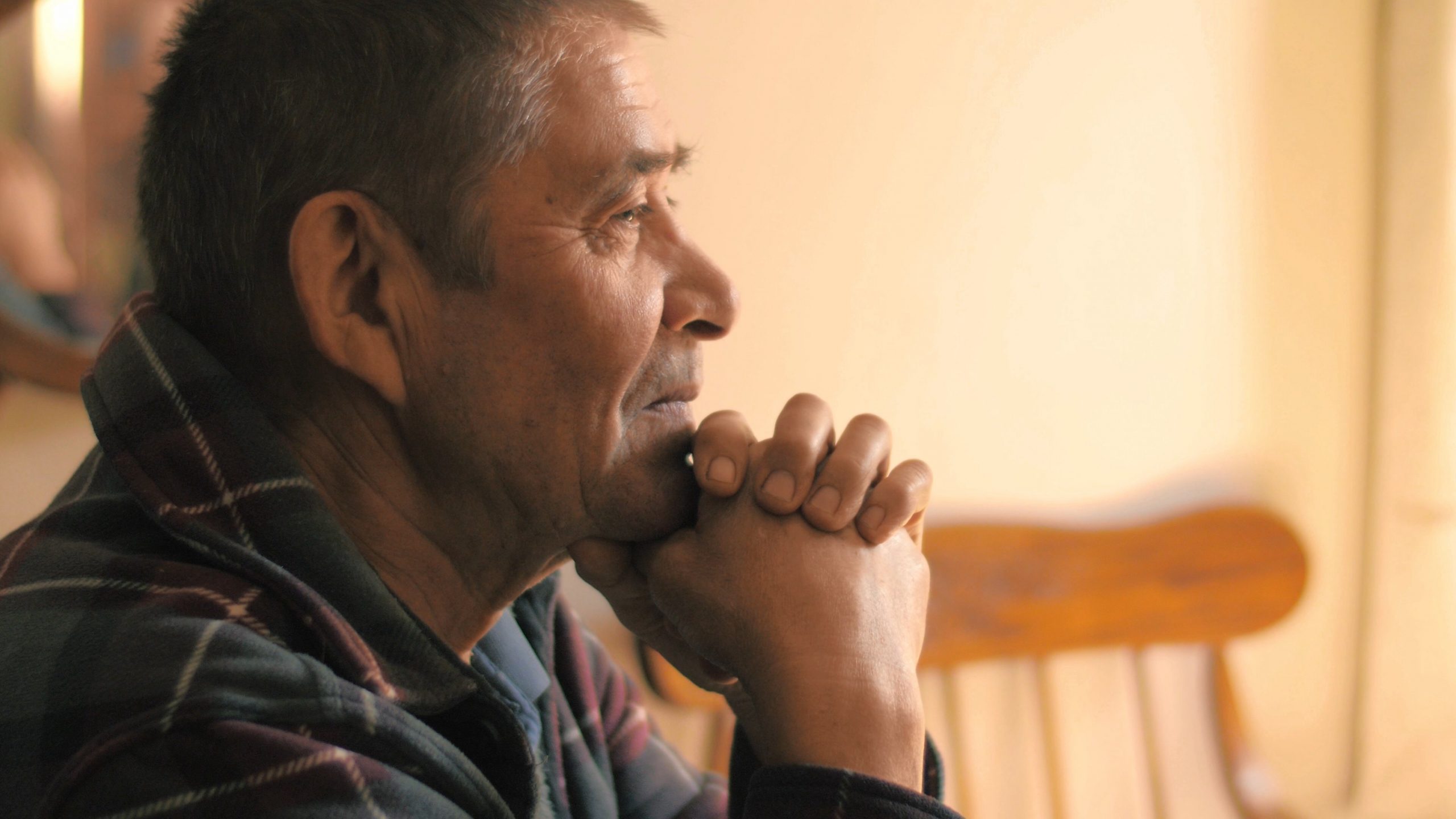Our community, schools, families, and individuals are experiencing unimaginable pain. The recent deaths by suicide cause new pain and remind us of past tragedies of lives lost too soon.
Now more than ever, we need to come together for healing and hope. Over the years, so much has been learned about approaching people about suicide and how communities respond after a death by suicide to promote healing and provide healthy ways to cope. My goal is to emphasize how each of us can be a light to others and help our community heal.
It can be difficult to say the phrase “died by suicide” or ask a loved one, “Are you thinking about suicide?”. I remember the first time I asked someone I cared about, outside of a clinical setting, if they had suicidal thoughts. My heart was pounding, and I was nervous. I work in the mental health and substance use field – how could I be so nervous to ask this question when I ask people in clinical interviews all the time? As I reflect back, it’s probably because I hadn’t had someone close to me that I was worried about or even thought that suicide was a possibility. I took a class on suicide prevention and learned that suicide is the 10th leading cause of death in the United States and the 2nd leading cause of death for ages 10-34. This helped me see how prevalent suicide is, and because it is a public health concern, it triggered me to ask my loved one. I have suicide training and education in my toolbox. So, if I was that anxious going into that situation, I could only imagine what it must be like for someone without training or resources to rely on.
Courage is the word I like to use.
It takes courage to ask the question, “Are you thinking about suicide?”. It takes courage for a parent to approach their child, a wife or husband to approach one another, or the person you usually see in church that hasn’t been showing up. People often fear that the person they approach will be angry, but I’d rather have them upset with me than get a phone call later that they have died by suicide.
An excellent training called Question, Persuade, and Refer (QPR) gives participants helpful ways to take that courageous step and ask the questions. Like learning CPR, this training does not require you to be a healthcare professional to help save lives. You’ll learn to formulate the Question, Persuade the person to get help, then Refer to the right resources (some are listed below). I encourage anyone anxious to initiate the conversation, like I was, to take this short 90-minute training. You will build your confidence so you have this in your toolbox to pull out when it may be needed.
Addressing the public health concern around suicide starts with building awareness about suicide. It begins with knowing the risk and protective factors, connecting with one another, and having compassion and empathy by putting ourselves in each other’s shoes. We have to remind ourselves, we have no idea what is going on in someone’s life.
While our goal is zero suicide in our community, that isn’t the case at the moment. But we have the opportunity to direct the conversation to one of healing, prevention, information, and resources. The beautiful rituals of funerals given by families and loved ones give us a place to remember and memorialize the people whose lives are gone. As a community, we get to focus on healing and create the narrative that getting help to cope with stressors, mental illness, or other challenges is the answer. Healing starts with each person talking to their most trusted person. That might be a parent, a teacher, a friend, or it might mean reaching out to a support line. Talking about what you are feeling is the first step. Knowing how to access the resources, if needed, is another crucial step.
As community members, we also have the opportunity to share where we see gaps in services, supports, and resources within our community.
There are avenues to bring those ideas forward, such as the leaders of your local agencies like myself and Alluma, the County Human Service Agency, local school districts, and elected officials. Another option is to join the H.O.P.E. Coalition, a local group of people committed to suicide prevention. The more we spread the word about these resources and how to access them, the more people will have them at their fingertips when they need them.
This is a time for our community to come together to spread the word about resources we do have and generate solutions, ideas, and out-of-the-box thinking. We are in this together for the health and healing of our community. We need everyone in our community to know that suicide is not the answer. Being connected and getting help is the solution.
The following are vital resources and information. Please take out your phone and enter our 24/7 Support & Crisis Helpline or the National Suicide Prevention Lifeline now, so you have them when you or a loved one need them!

Shauna Reitmeier, MSW, LGSW
Chief Executive Officer
Alluma
A Certified Community Behavioral Health Clinic serving birth to end-of-life, 24/7 support and mobile crisis, outpatient and community-based mental health and substance use services across northwest Minnesota. Please call to learn more about training or education you may be interested in or in-person QPR.
- Website: allumacares.org
- Phone: 218-281-3940 (M-F, 8am-5pm)
- 24/7 Support & Crisis Line: 1-800-282-5005
- Facebook, Instagram, Twitter: @AllumaCares
H.O.P.E. Coalition
A group of individuals, businesses, and agencies across eight counties in northwest Minnesota. If you’re interested in joining, please leave a message on their Facebook page.
- Website: mnhopecoalition.org
- Facebook: @minnesotehopecoalition
National Suicide Prevention Lifeline
- Website: suicidepreventionlifeline.org
- Phone: 1-800-273-8255
Crisis Text Line
- Website: crisistextline.org
- Text: MN to 741741

